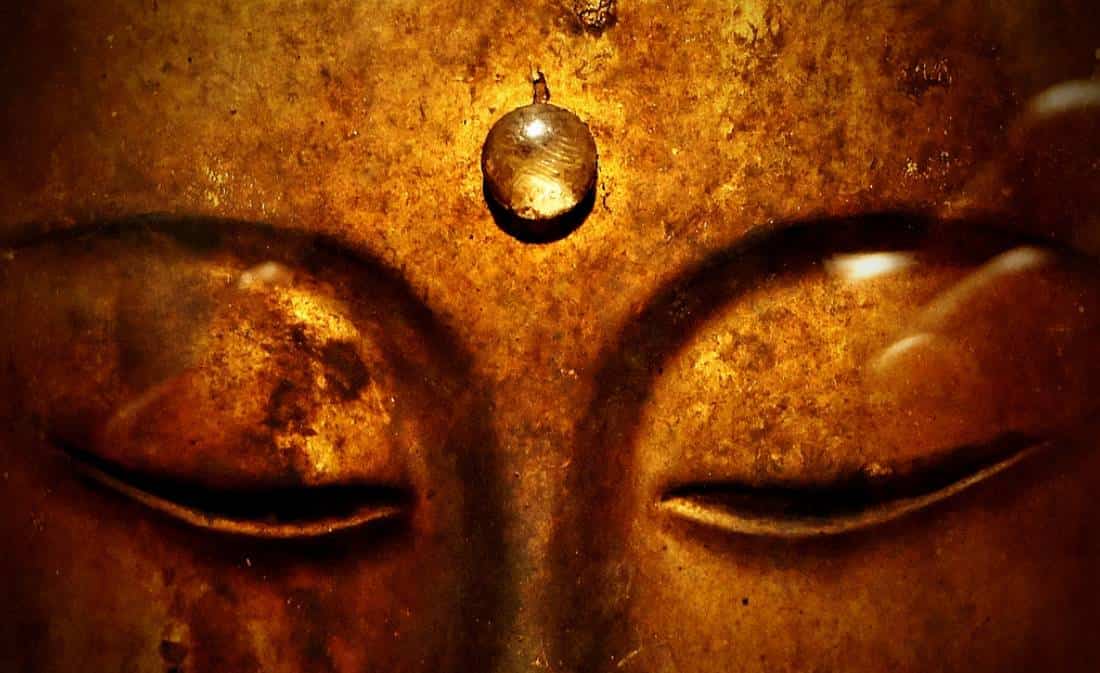BRAHMACHARYA (LEARNER OR STUDENT)
In Brahmacharya, a person should learn everything that the parents learned in life. He should be in a very nice environment because if he chooses the wrong friend's circle, he can make some bad habits that can affect his life ahead. Morning prayers and Evening Meditation is recommended for Brahmacharya people. Meditation will help to increase focus level and stability because focus level and stability are always a problem in kids.
Here is the Blog: How to Meditate (for beginners):
GRIHASTHA (HOUSEHOLDER)
After completing the study and basics of lifestyle, a human reaches Grihastha ashram. This part of life is full of responsibilities and risks. Most of the people are stuck here. In this chapter of life, you have to make your daily schedule, diet chart, how to live, what to wear etc. everything on a note and follow strictly. This is a chapter on applying the knowledge that you learned before. The boat of life sometimes falters in this stage because of life responsibilities.
VANAPRASTHA (RETIRED)
In this stage, the human forward all the responsibilities to the next generation along with what he experienced in life. The human is indirectly included in daily life activities but as a supervisor. He watches how his sons and daughters are doing the work. In this stage, the Yogi is not the central objective of Actions but he is a watcher. A yogi should transfer slowly-slowly all the important data of life to his sons and daughters and be ready for the next stage of spirituality.
SANNYASA (RENUNCIATION)
Sannyasa is the life stage of Renunciation. It includes not only the Renunciation of Artha (money, house etc.) but also the attachments to family, friends and relatives. Sanyasa is full of pain from the point of view of the body because as the human gets old, he gets more problems. But Sanyasa is the conclusion, it is the preparation for meeting the supreme power. A yogi has to be more and more time involved with God's bhakti, kirtan, mantra chanting and Dhyana (Meditation) because all is well if the end is well.
HOW TO ACHIEVE A BEAUTIFUL MIND?
So understanding all these ashrams, you need to understand that life is a span. Each span of life is a unique experience itself. So if you get angry when you are a child, it is normal, but if you get angry after 30 years at the same point, it means, you did not work on it.
If you want to achieve a beautiful mind, plan for the next day separately before sleeping and do it regularly. Change the little things in your life, how to eat, what to eat, how to choose things, how to live, how to behave, these all, are the practices. The more you practice, the more you become a great yogi.
Wake up: When you wake up, say thanks to God that you have another day to change your life.
Nitya Karma (Cleansing): Do the cleansing of the body and the home where you will perform Karma.
Detox: Take some detoxification tea or water.
Pranayama (Breathing Control): Do 20-30 minutes Pranayama.
Yoga or Exercise: Do yoga or exercises such as speed hiking or walking/running.
Breakfast: Do a healthy breakfast with fruits, grain and vegetables.
Karma: Now start doing some productive work.
Lunch: Take a healthy Lunch.
Walk: Do a walk after lunch.
Meditation Nidra: Get a 30 Minutes Short break to Relax/Sleep
Karma: Do karma again.
Tea/Juice: Take some tea/coffee or juice
Evening Walk: Do some walk or running/swimming
Mantra Chanting: Do some short meditation and mantras chant.
Dinner: Take a healthy and light dinner
Visualization: Do 20 minutes of Visualization before sleeping
Sleep: Sleep on time and say thanks to God
The techniques of achieving a beautiful mind are not the same for all. You can imagine if a person can not run due to some physical problems, how can we say him to make a schedule which contains running. So, you can send e your details and I can design a schedule for you. Email or Write back on WhatsApp: +91-8445144444


